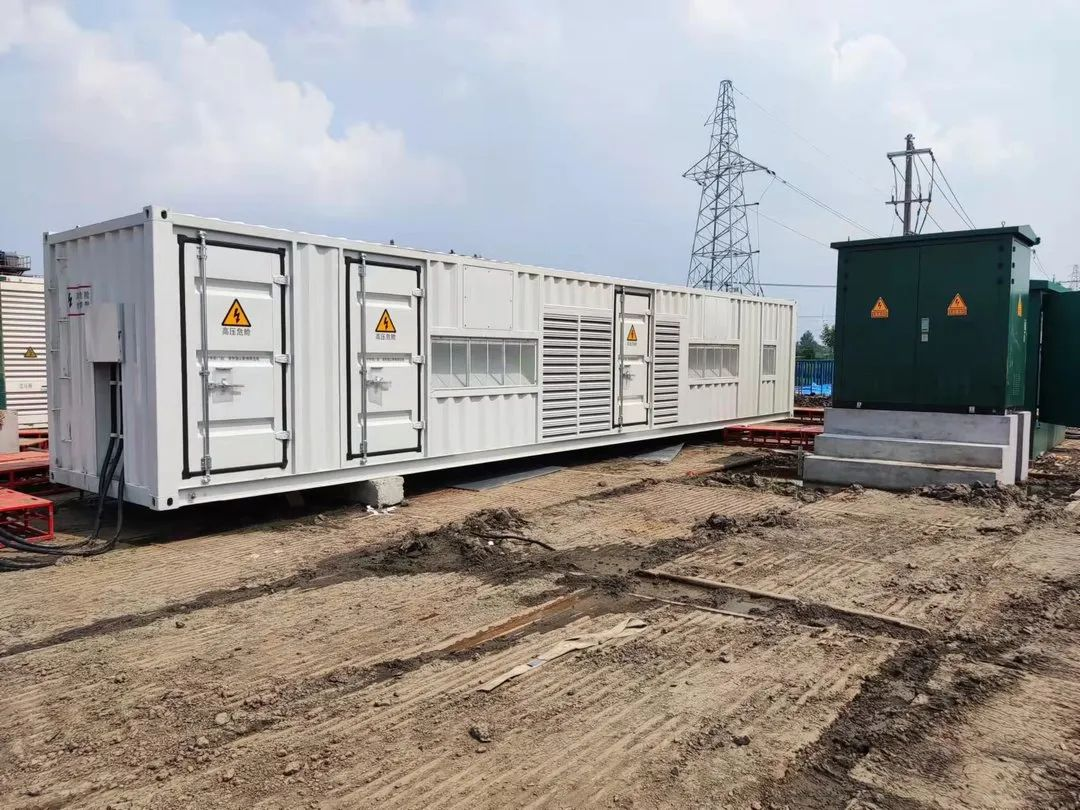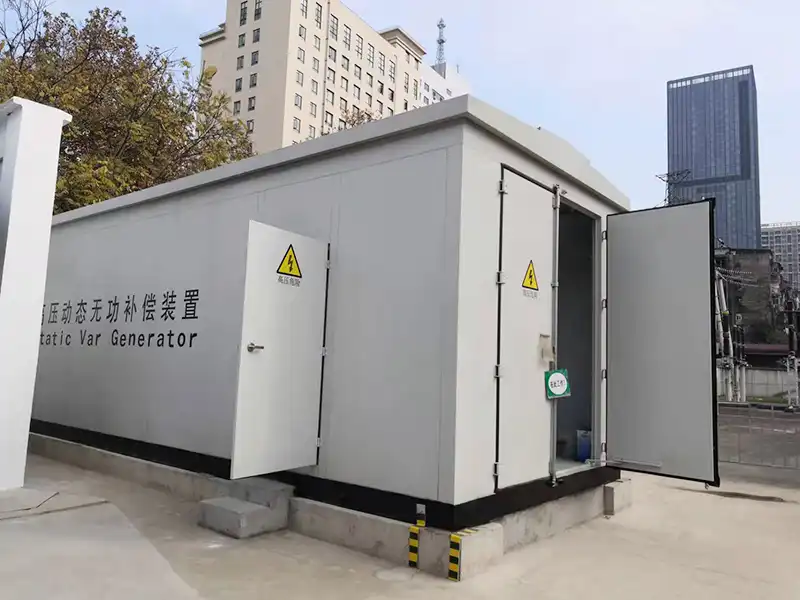How is statcom connected in a system?
The STATCOM architecture comprises of multi-level Voltage Source Converters (VSCs) utilising Insulated Gate Bipolar Transistors (IGBTs), phase reactors, and a step-up transformer. It is connected to the grid in a shunt configuration. The reactive current is generated or consumed by generating a regulated internal voltage waveform.
Static Synchronous Compensators (STATCOM) are comprised of a voltage source converter (VSC) that is linked to the grid through phase reactors and a step-up transformer. STATCOMs employ Insulated Gate Bipolar Transistors (IGBTs) arranged in a modular multi-level converter (MMC) arrangement. The STATCOM regulates the flow of reactive power by generating or absorbing it through the production of a precisely controlled voltage waveform.
Application of statcom for power quality improvement
The STATCOM utilises a current control voltage source inverter to inject current into the grid. This ensures that the source current is free from harmonics and has a suitable phase-angle relative to the source voltage.
Microgrids experience voltage imbalance due to a significant quantity of single-phase loads and sources. Imbalanced voltage decreases the quality of electricity, leading to malfunctions or breakdowns of client equipment and microgrid systems. Furthermore, voltage imbalance has a detrimental effect on induction motors, power electronic converters, and adjustable speed drives. The Static Synchronous Compensator (STATCOM) is a significant component of Flexible Alternative Current Transmission Systems (FACTS). It is widely used as a shunt compensator to control reactive power and regulate voltage in transmission and distribution networks.

Application of statcom in power system
The STATCOM is utilised in power distribution systems to effectively manage power quality by suppressing flickering and maintaining balanced phase voltages. For renewable energy power generation, such as solar or wind generating, the STATCOM can be utilised to regulate voltage stability and control reactive power, among other functions.

Application of statcom to wind farms
The primary goal of the STATCOM is to swiftly control and maintain the voltage within the appropriate range at the Point of Common Coupling (PCC). It can improve the wind turbine’s ability to withstand temporary disruptions in the power system.
Statcom is commonly employed in conjunction with wind farms to enhance the stability of the power system and ensure the capacity to maintain low voltage levels throughout operation. In this scenario, the predominant utilisation is focused on the capabilities of reactive power adjustment. The Statcom device has the ability to provide either inductive or capacitive power at the specific location where the wind farm is connected to the power supply, based on a chosen strategy. This offers supplementary benefits compared to direct turbine management. It can stabilise the power system, reduce flicker level, and send reactive power straight to the DSO’s connection, regardless of the wind farm’s activity.



